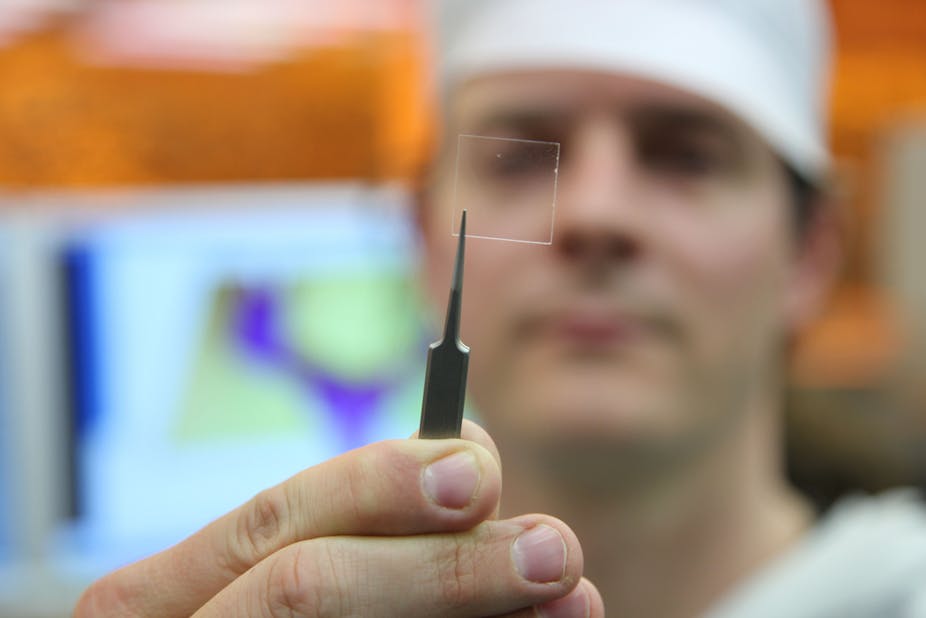Scientists have developed tiny particles capable of taking large doses of anti-cancer drugs right to a tumour’s doorstep, opening the way to a new generation of more effective treatments.
Nanotechnology, the study and manipulation of matter at the molecular level, has the potential to boost efficiency in medicine, manufacturing, agriculture and many other fields.
Led by scientists at the Massachusetts Institute of Technology (MIT) in the U.S., a research team has created new twin nanotechnology particles designed to streamline drug delivery.
One ‘signalling’ particle finds the tumour in the body and broadcasts its location, while a second particle brings the drug to the site.
Mice that were exposed to both nanoparticles got up to 40 times more anti-cancer drugs delivered to the tumour site than those in a control group exposed only to the signalling nanoparticle. The tumours also stopped growing in the mice than were exposed to the double treatment.
The study, which was published in the journal Nature Materials, involved mimicking the way the body detects wound sites and then broadcasts a message to special proteins to form a blood clot around the injury.
“We use the body’s natural amplification processes to get more drug to the target,” Sangeeta Bhatia, an MIT bioengineer involved in the study was quoted as saying on the Nature website. More research was required to simplify and understand the new technology, she said.
Nanotechnology drugs that deliver medicine directly to tumour sites already exist but currently are only able to carry small doses.

